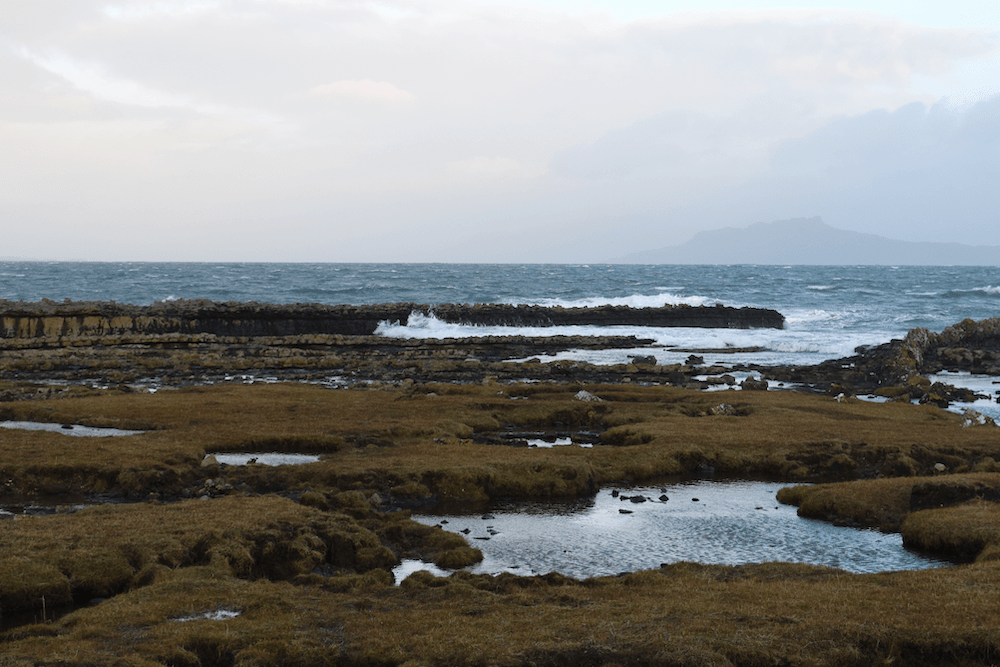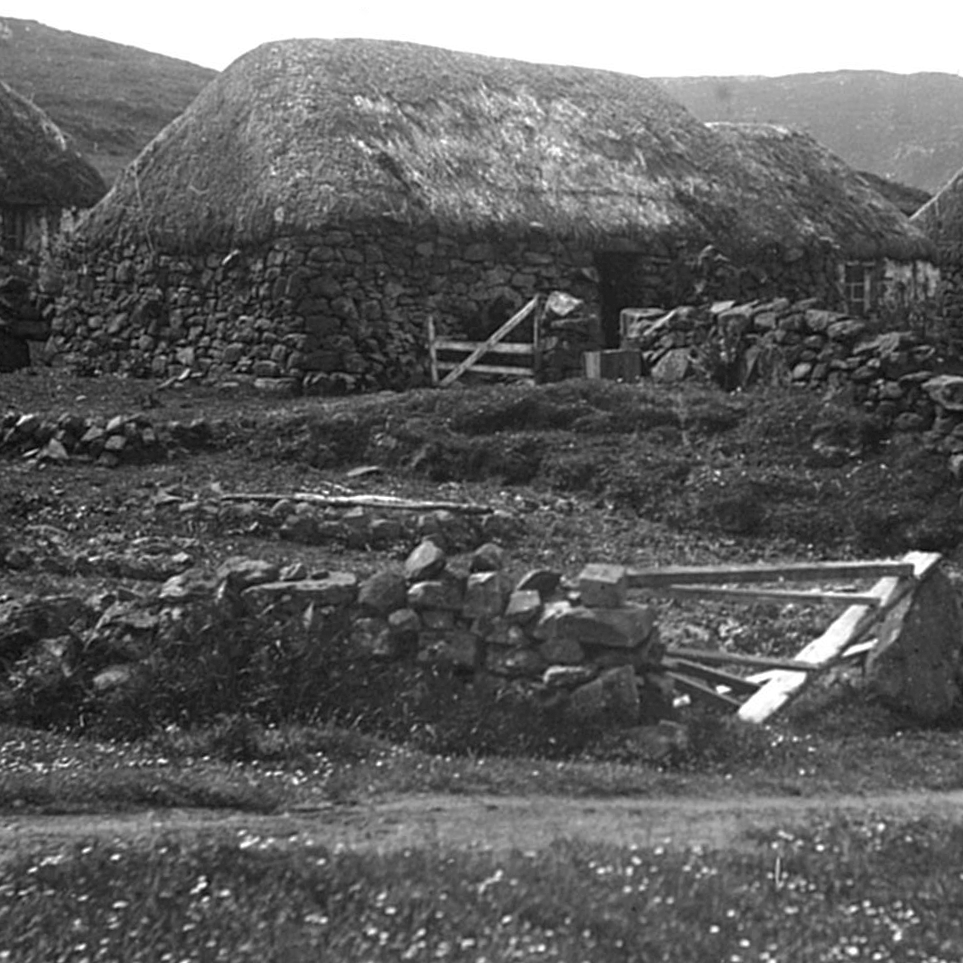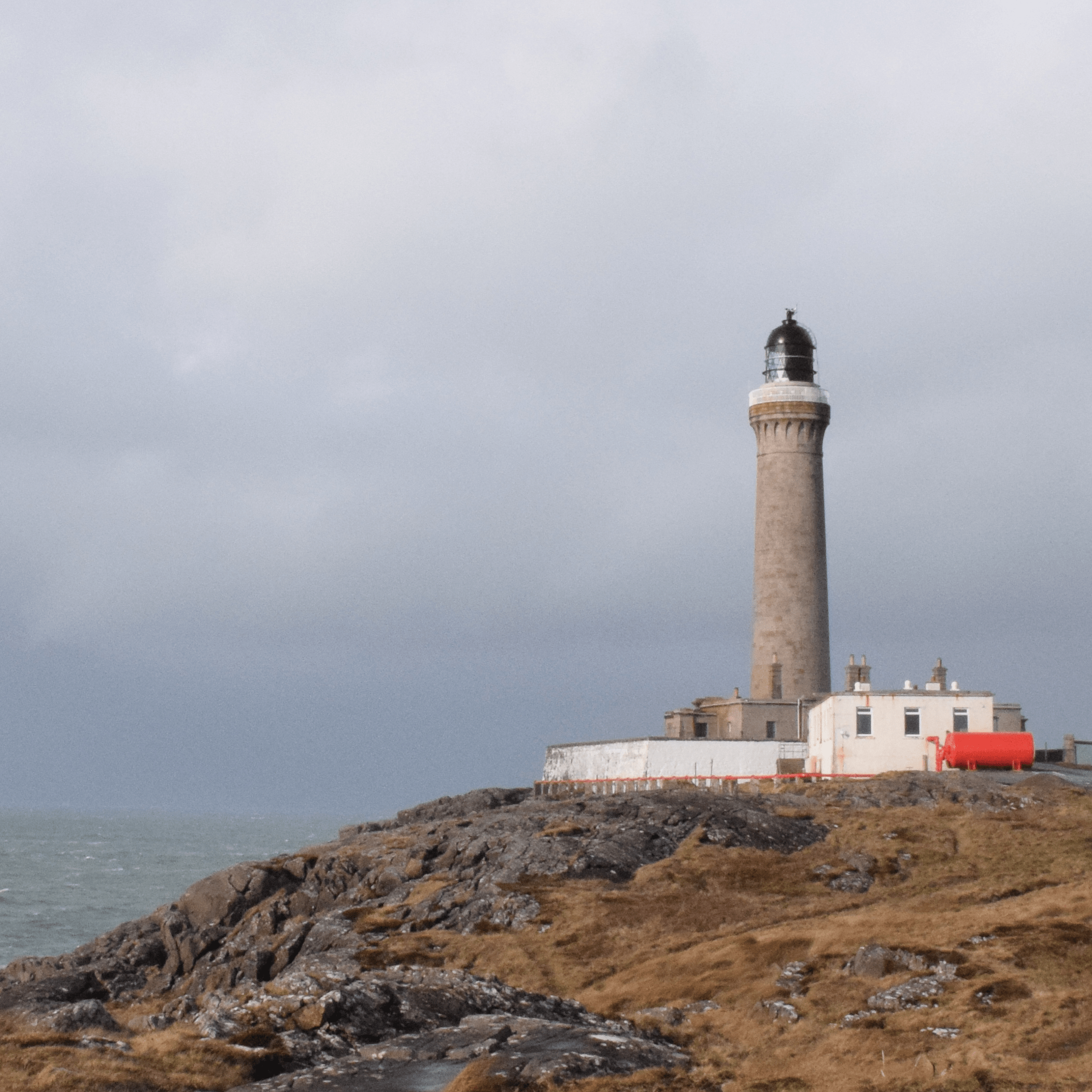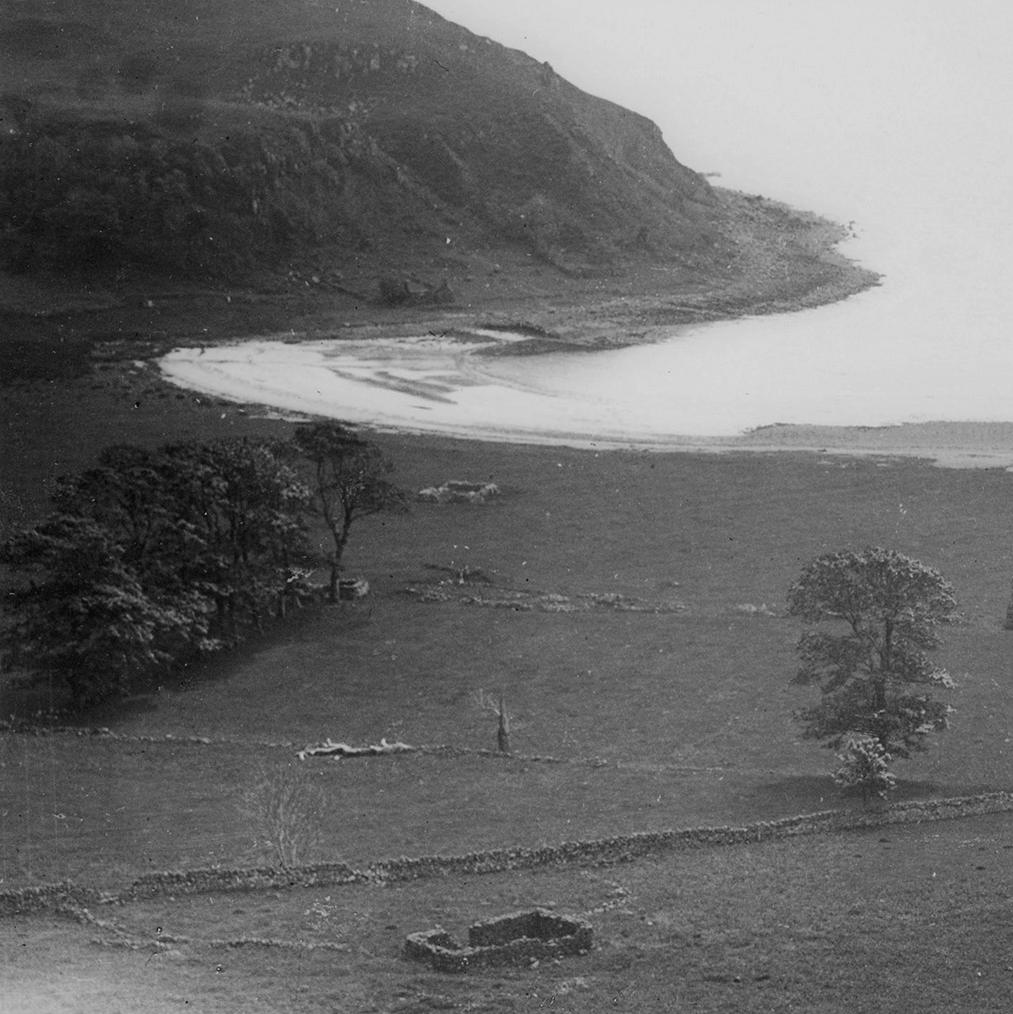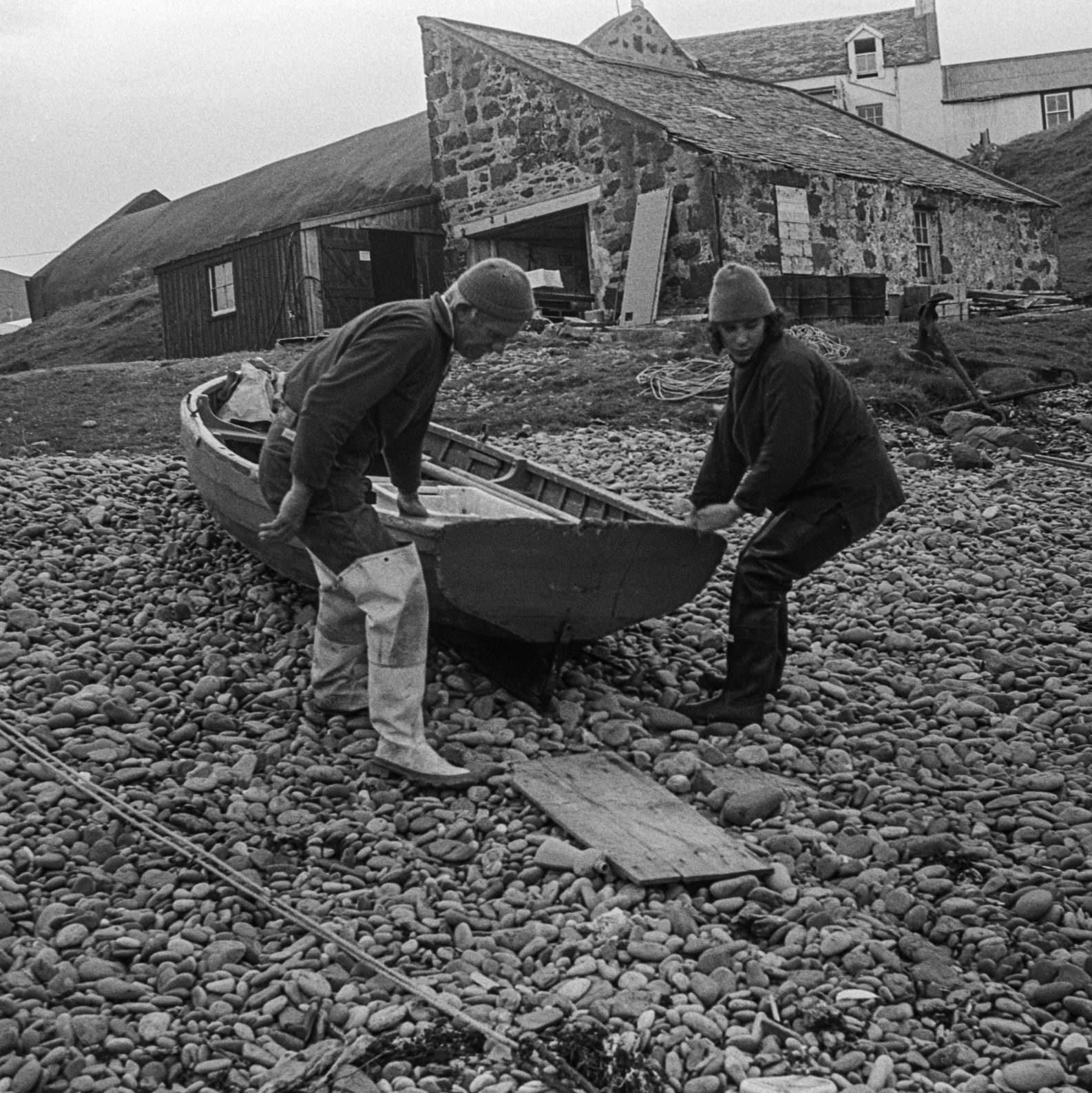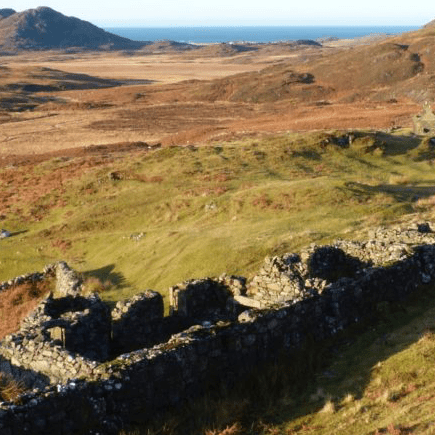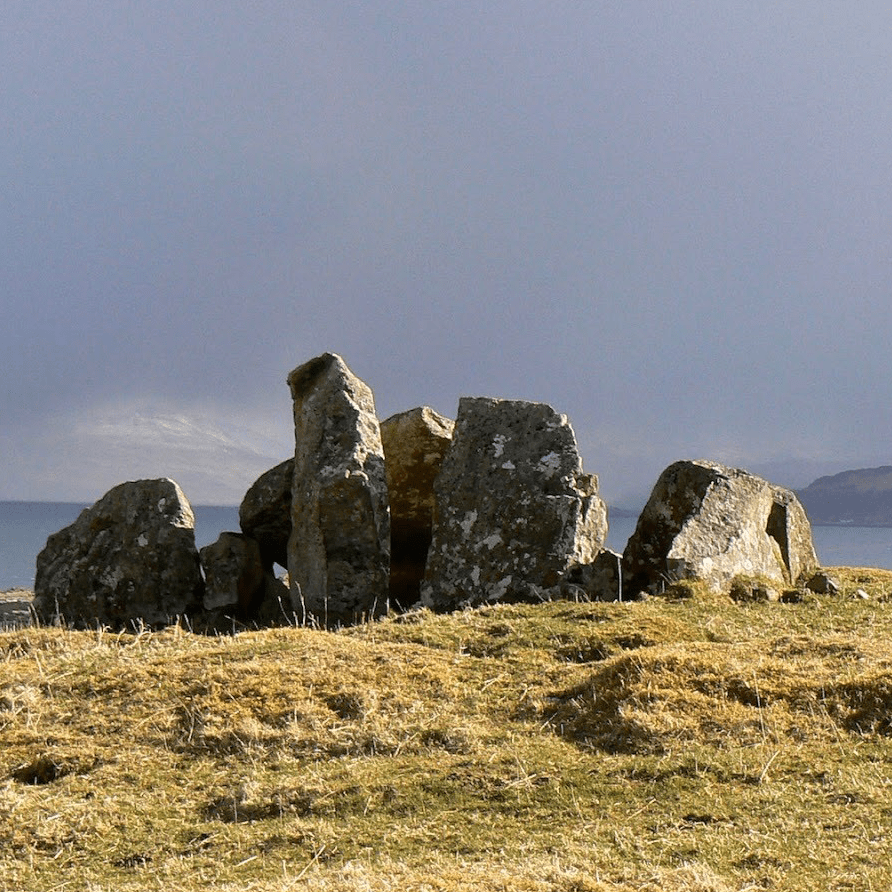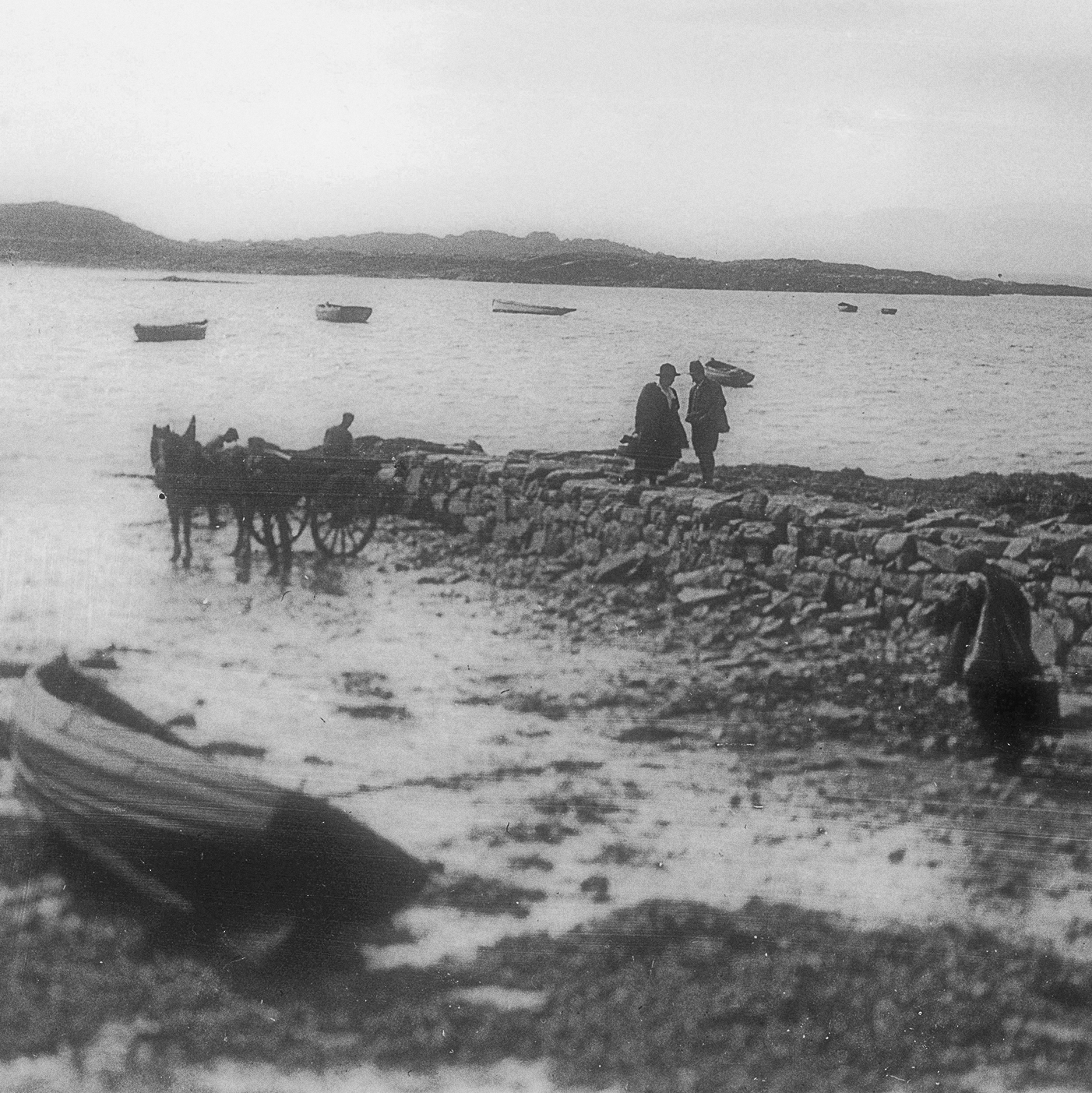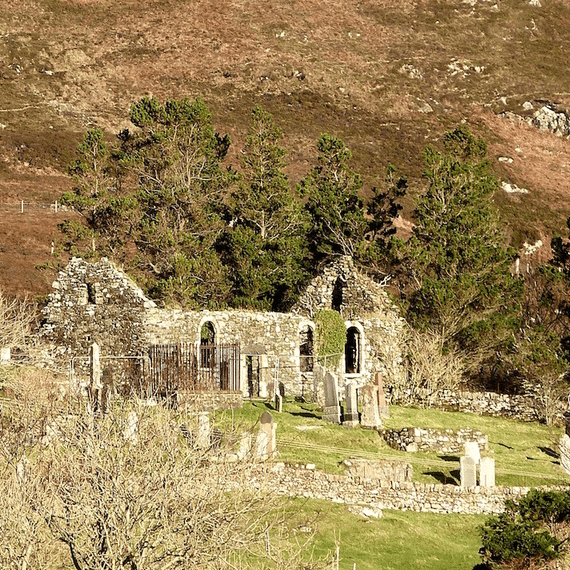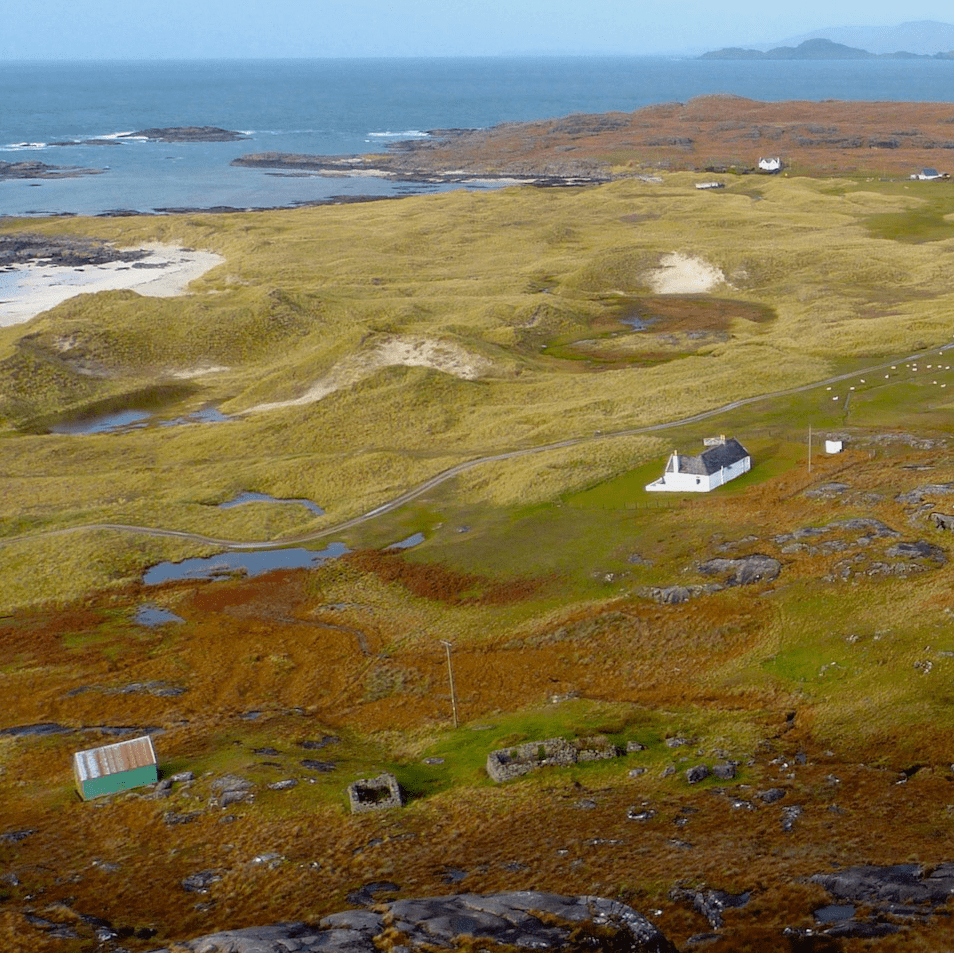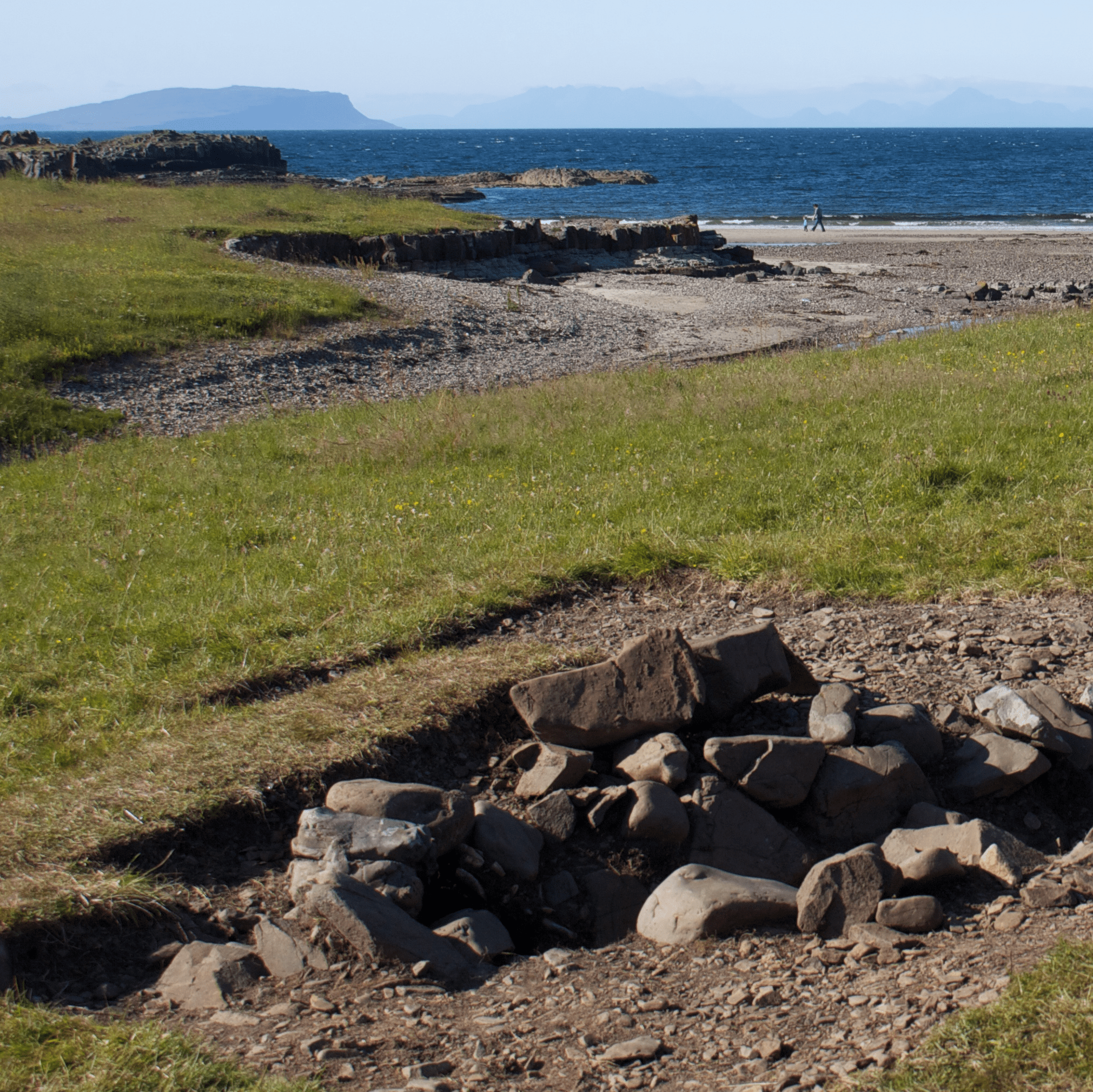Ardnamurchan Lighthouse
Brief History
Ardnamurchan Lighthouse stands at the most westerly point of mainland Britain: Ardnamurchan Point. It was designed in an 'Egyptian Style' by Alan Stevenson, of the famed Stevenson family of Lighthouse Engineers. The 36-metre (118ft) tall tower is built of pink granite from the Ross of Mull and was completed in 1849. The lighthouse became fully automated in 1988 and is still in operation today.
The outbuildings to the tower include three keepers cottages - one for the principal lighthouse keeper, two for the assistant lighthouse keepers - an engine room and a stable (which is now the cafe).
In July 2020 the site (exclusive of the tower) was brought into community ownership through a Community Asset Transfer. The site and associated buildings are now owned and managed by the Lighthouse Trust on behalf of Ardnamurchan’s residents. As well as being a valuable cultural and community asset, the lighthouse continues to be one of the most popular destinations for people to visit on Ardnamurchan.
The outbuildings to the tower include three keepers cottages - one for the principal lighthouse keeper, two for the assistant lighthouse keepers - an engine room and a stable (which is now the cafe).
In July 2020 the site (exclusive of the tower) was brought into community ownership through a Community Asset Transfer. The site and associated buildings are now owned and managed by the Lighthouse Trust on behalf of Ardnamurchan’s residents. As well as being a valuable cultural and community asset, the lighthouse continues to be one of the most popular destinations for people to visit on Ardnamurchan.
Click here to find out more about Ardnamurchan Lighthouse
Explore how Ardnamurchan Lighthouse has changed through time.
21st Century
The light that shines from the lighthouse is now controlled from Edinburgh. Ardnamurchan Point features in the daily shipping forecast, between the Mull of Kintyre and Cape Wrath.
On a clear day, this is a wonderful place to watch the sun go down. Take a seat on one of the rocks, and watch the sky fill with fiery and vibrant colours as the sun slowly descends below the horizon.
Crofting and Fishing
Keeping a lighthouse takes a lot of work. They've got to maintain the essential equipment but also do lots of cleaning, scrubbing, and polishing; the lamp needs to be polished throughout the day. There’s lots of painting to be done too. Large tins of Brunswick Green paint are supplied to the lighthouse, and so everything gets painted that colour; the van, the rabbit hutch… everything matching green.
It was a lighthouse keeper’s job to light the lamp every night and make sure it stays lit until the morning. Before its automation, the lighthouse had a Fresnel lens, which had hundreds of pieces of specially cut glass to reflect and refract light, creating the strong beam of light to guide ships in the night. The lamp rotated with a clockwork mechanism of gradually descending weights, pulleys and gears that the lighthouse keepers set and maintained every day. The stone weights took an hour and a half to descend all the way from the top to the bottom of the lighthouse - sometimes the keepers had time to make a cup of tea while they waited!
The late Queen Elizabeth II used to regularly travel around the lighthouse in the Royal Yacht Britannia. In 1986, she stopped for a visit and had afternoon tea with the lighthouse keepers. This wasn’t a spontaneous encounter - the lighthouse keepers had time to smarten up the lighthouse before the visit and a number of alterations were carried out - including replacing cobbles and improving the kitchen.
The lighthouse keepers and their families are always on the move, it’s part of the job. The first lighthouse keepers to work here were brought in from other areas, and they only usually stay a few years before being assigned to a different lighthouse. There are often generations of lighthouse keepers within the same family too; it must help to grow up understanding the keeper's lifestyle!
In the early days, families living at the lighthouse were mostly self-sufficient. They grew their own food, kept cows and chickens, and fished at the jetty. The house and kitchen had to be kept in good order at all times, as there could be inspections without warning.
Eviction and Emigration
I watched the boats carrying the granite over to Ardnamurchan point from the Ross of Mull by boat, to build the lighthouse tower. They brought it up to the construction site from the jetty below it. Construction began in 1846, and the lighthouse was completed three years later in 1849 - it was amazing to watch it grow taller! Building the lighthouse was an arduous job though, and it was made even more difficult when scurvy broke out amongst the workers, a doctor had to be called in to treat them.
The lighthouse was struck by lightning in 1852 during a severe storm! The strike smashed glass and shook plaster off the walls of the tower, and outside fifty feet of boundary wall and forty feet of road was knocked down and washed away by the heavy seas.
